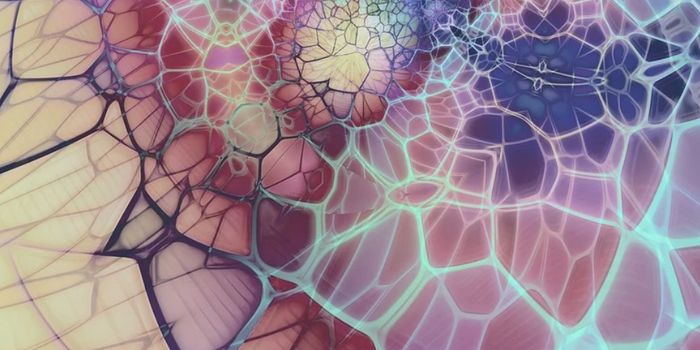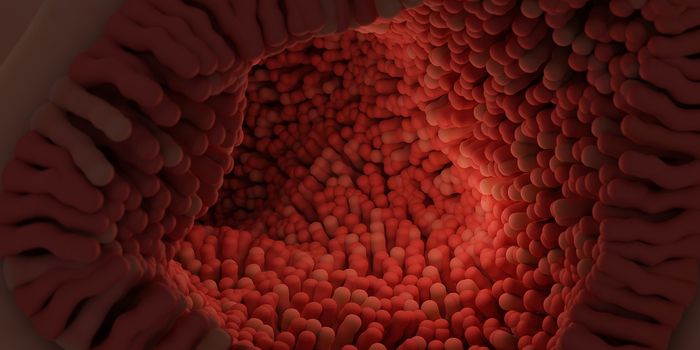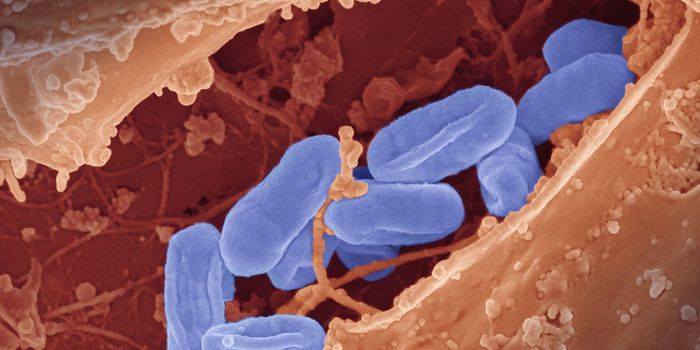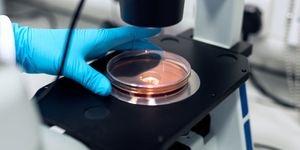How an Organelle Makes Its Own Proteins
Inside of cells, organelles perform specialized functions to keep biological functions moving, one of which is the ribosome. Ribosomes are tiny machines known for making proteins. Another organelle is well known for its energy-generating functions: the mitochondria. It's also unique among organelles; it's thought to have originated from a microbial symbiont and it carries its own tiny genome, which encodes for its own proteins. It even has its own special mitochondrial-protein-making machines, called mitoribosomes.
Researchers have now learned more about how protein synthesis in mitochondria happens. The work, which used cryo-electron microscopy, has revealed more about the function of mitoribosomes that generate proteins and send them into the mitochondrial membrane. Dysfunction in these molecular machines may be related to the development of cancer and other diseases.
Mitochondria support life by taking metabolites from food and oxygen we consume and breathe to generate an estimated 90 percent of the energy we use. They are especially important to organs that require lots of energy, like muscles, the brain, and heart; it's thought that about 40 percent of every heart muscle cell is made of mitochondria.
Mitoribosomes are essential to energy production in mitochondria. Tethered to special membranes in the mitochondria, they create the proteins that are needed for the movement of ions and electrons, which generates chemical energy in these little factories. Researchers got their first look at the mitoribosome in 2014 in a process termed the Resolution Revolution, which generated a partial picture.
"Seven years ago, our work on the mitoribosome from yeast was termed the Resolution Revolution. The current study represents an additional advance on the original breakthrough. Not only does it reveal how the human mitoribosome is designed at an unprecedented level of detail, but it also explains the molecular mechanism that drives the process of bioenergetics to fuel life," said the lead study author, Alexey Amunts, Head of the program for Biology of Molecular Interactions, at SciLifeLab in Sweden.
The mitoribosome is a dynamic machine in which there are moving parts. In this work, the researchers generated more data on different conformations of the molecular machine in action.
"Our study exposed the dynamic molecular mechanism that explains how the mitoribosome actually works to form the cellular powerhouse and reveals that the mitoribosome is much more flexible and active than previously thought. The discovery of intrinsic conformational changes represents a gating mechanism of the mitoribosome without similarity in bacterial and cytosolic systems. Together, the data offer a molecular insight into how proteins are synthesized in human mitochondria," said Amunts.
This work showed that the mitoribosome has a flexible interaction with a respiratory chain protein known as OXA1L (insertase oxidase assembly 1–like); there are three distinct contact sites for the interaction. A large portion of the mitoribosome changes shape as it binds to OXA1L, which is now thought to trigger the delivery of newly-made polypeptides.
Sources: AAAS/Eurekalert! via Diamond Light Source, Science









